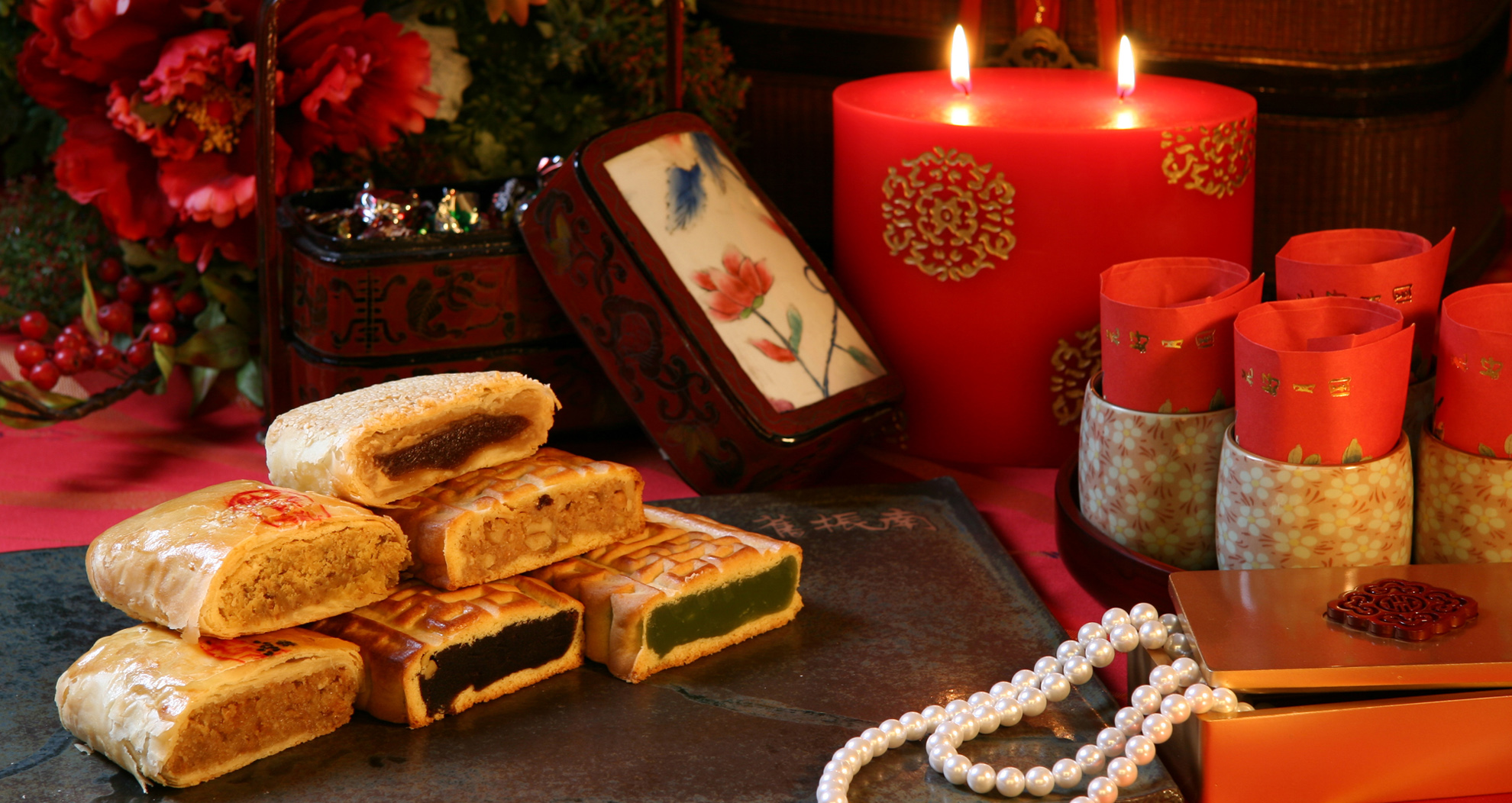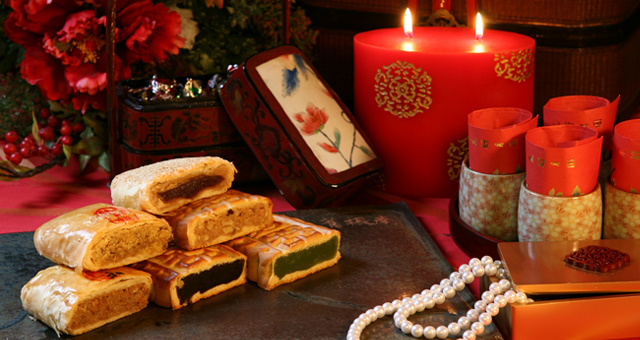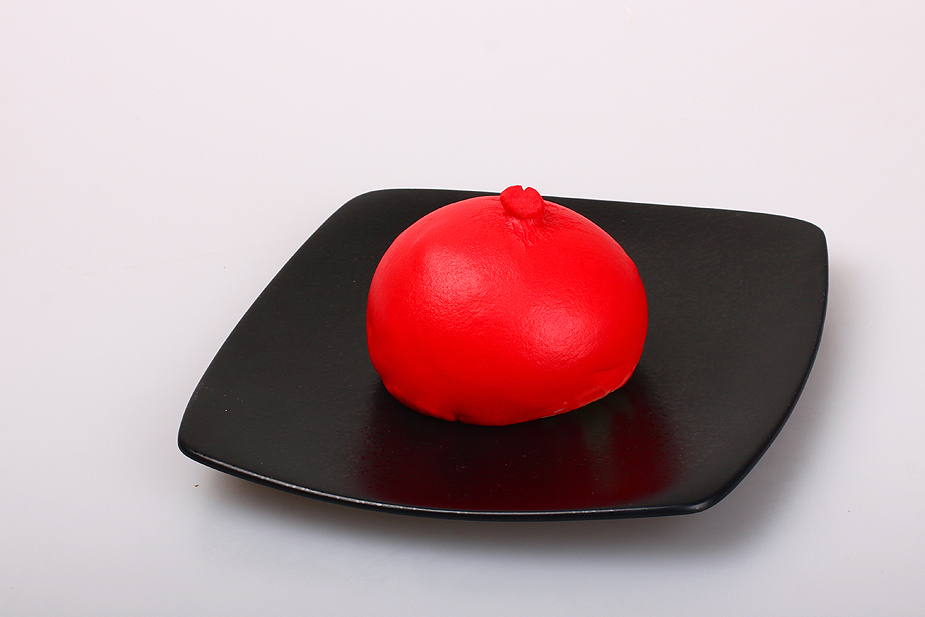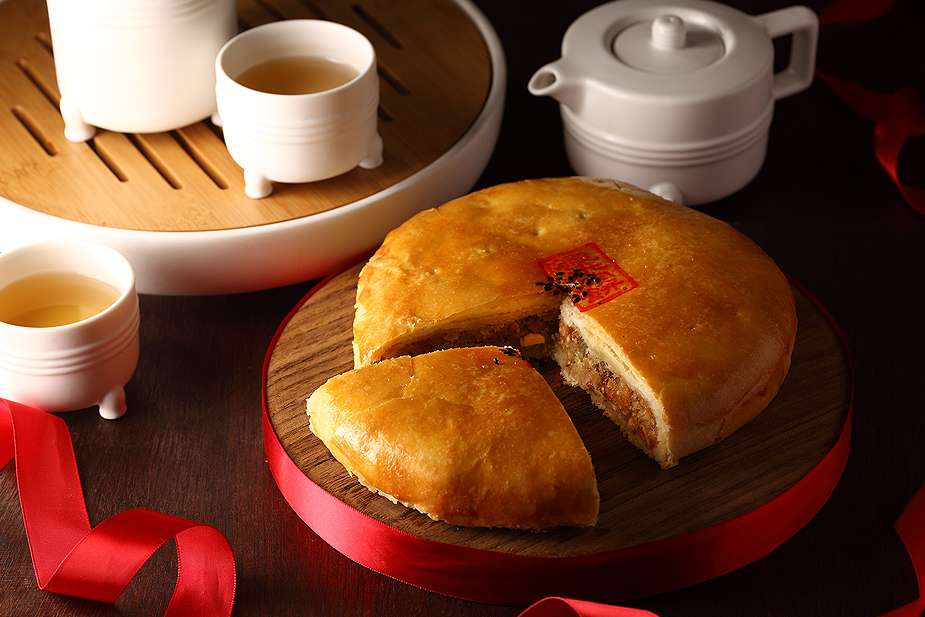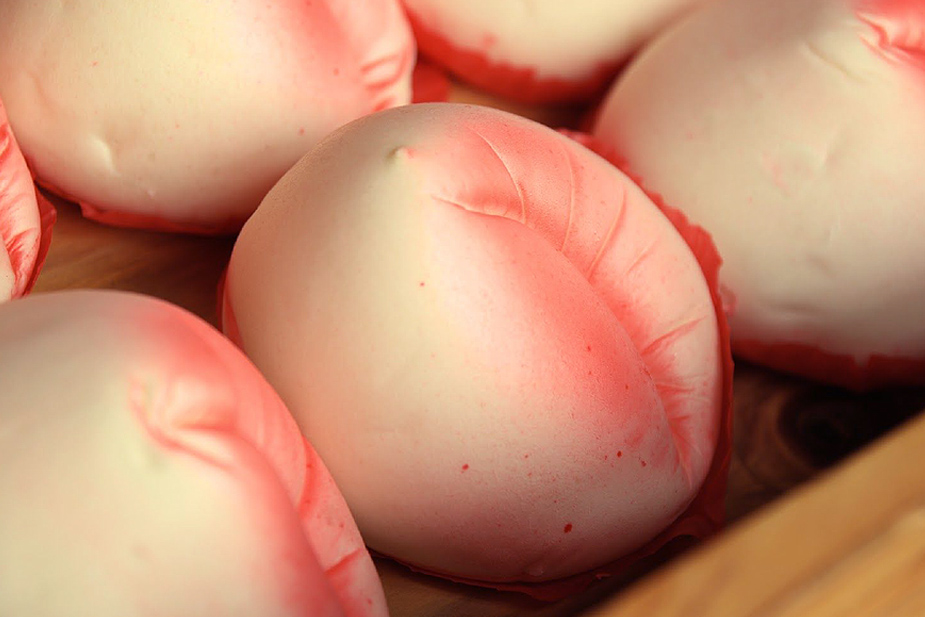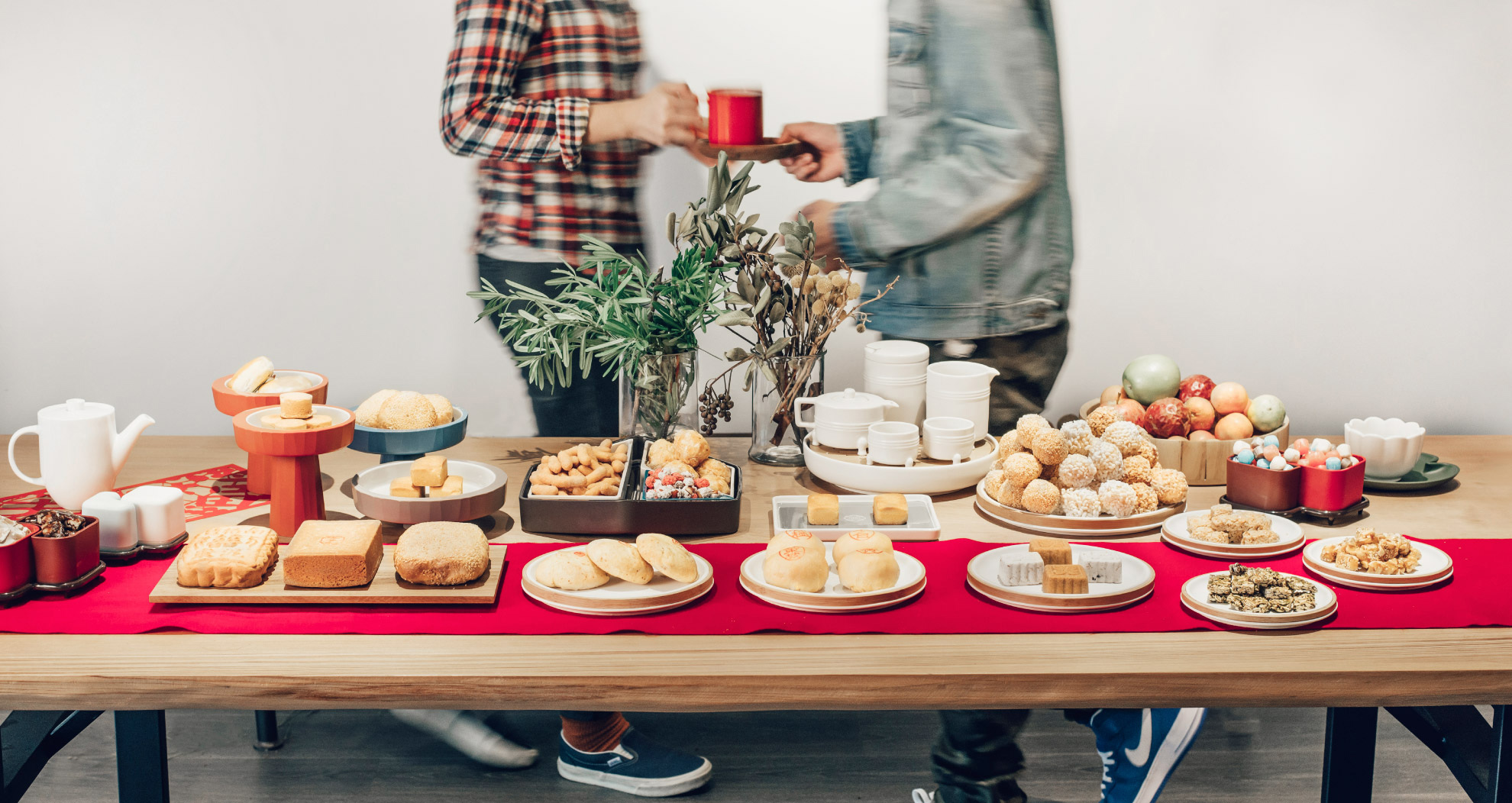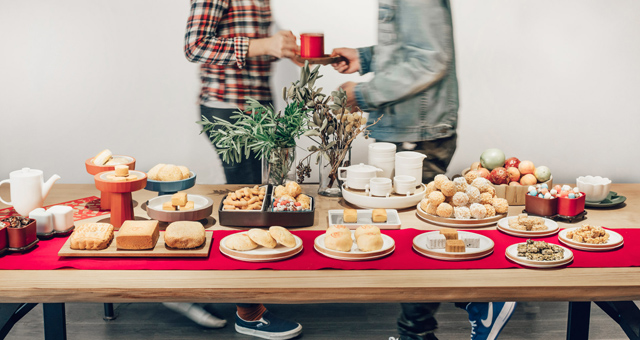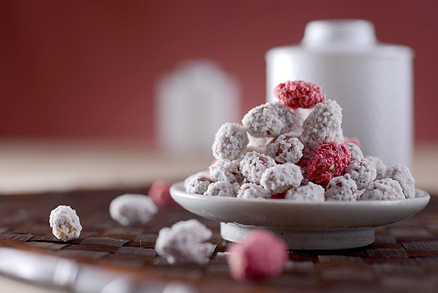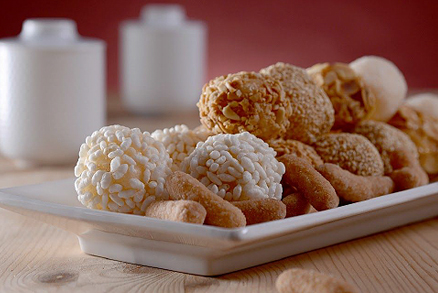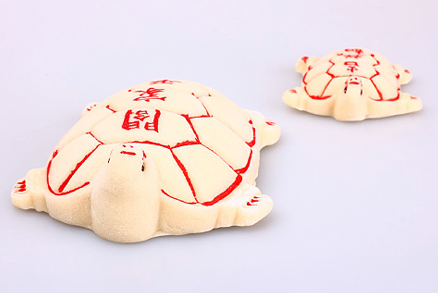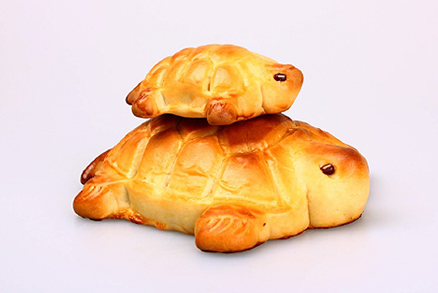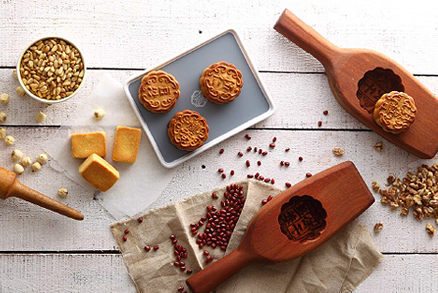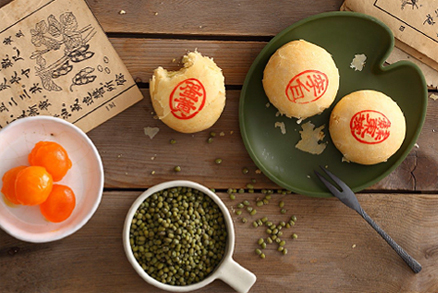Han Bing & Festivals and Customs
Han Bing, or Chinese pastry, originated from the rice-eating culture of the agricultural Han dynasty. After continuous development and improvement, it has become a crucial part of Taiwanese material and spiritual culture. Throughout Chinese history, rice not only served as food that
filled the stomach but also made into pastry treats. Later, people incorporated the Western style and added flour and butter to create pastry characteristic of both Chinese and Western flavors. As modern people's life became more refined, pastry chefs used their creativity and
dexterous hands to transform pastry into leisure treats and gifts, enhancing people's taste in life as well as bringing people closer. Therefore, Han Bing has become the customary wedding cake gifted to friends and family in Taiwanese weddings. With beautiful and joyful packaging,
Han Bing is now a unique, living culture in Taiwan.
Han Bing & Etiquettes and Customs of Life
Han Bing plays an integral role at every important moment of the Chinese people's life, such as birth, wedding and birthday. It symbolizes the celebration and joy shared among friends and family.
Birth
An old saying goes like this: "Red buns for one-month olds, red peach-shaped buns for four-month olds, and red turtle-shaped rice cakes for one-year olds." According to traditional custom, when a newborn is one-month old, parents will gift glutinous oil rice, red eggs and red buns
(also known as full-month buns) to friends and family as a way of celebrating the baby's birth. The red bun with a red dot on top symbolizes luck and perfection and resembles a mother's breast, which represents the good wish that the mother will have ample milk and a smooth time
nursing the baby. When the baby is four-month old, red peach-shaped buns (or four-month peach buns) will be prepared for celebration; meanwhile, an anti-drooling ceremony will be held. When the baby is one-year old (traditionally known as "too-tse"), red turtle-shaped rice cakes are
prepared as an offering to thank the heaven for its blessings.
Wedding
According to traditional etiquette and custom for a betrothal, the wedding cake is an important betrothal gift prepared by the groom's family. The wedding cake also speaks of the newlyweds' taste and status, and is gifted to friends and relatives of the bride's family to share the
joyful news.
Birthday
According to Taiwanese custom, birthdays over fifty years of age are called "shou" (meaning "longevity"). A celebratory ceremony should take place on an auspicious day before the actual birthday, and the children and grandchildren should prepare towers made with peach-shaped birthday
buns for the joyful occasion. The buns are given as a gift to guests at the birthday banquet. As for the number birthday buns, it is usually the birthday age added with an auspicious number, such as six or twelve, in the hope to add years to the elderly whose birthday is being
celebrated.
Han Bing & Festivals and Solar Terms
Taiwan used to be an agricultural society, and the course of life followed the seasonal change and the solar terms. Ceremonies or festivities were held to give thanks to the earth for its generous giving, and pastry was used as offerings in these occasions. After the ceremonies,
people would share the pastry as a way of sharing blessings from the gods.
In traditional folk custom of the Chinese New Year, December 24 on the lunar calendar marks the day of seeing the kitchen god off. It is said that the kitchen god has a special preference for sweet offerings. Therefore, on this important day of welcoming the new and sending off the old,
animal offerings and sacrifices are secondary. Instead, the most important thing is to offer sweet treats to the kitchen god so that he speaks sweet words rather than being a tattletale in front of the Jade Emperor and to gain good omens for the coming new year; hence the traditional
sayings: "eating sweet, talking sweet" and "good words are delivered to heaven, and bad ones are kept aside." Such a folk legend has given rise to eating traditional Chinese New Year sweet treats and snacks, such as sesame bliss ball, rice bliss ball, peanut candy, Chinese candy cane,
etc.
"Offering rice turtles" is a large Lantern Festival ritual to pray for blessings that is held at temples in Taiwan. As turtles are seen as a symbol of blessing, auspice and longevity, people make turtle-shaped rice cakes on Lantern Festival and offer them to the gods in temples and
rituals. The ritual is held for the purpose of praying for safety, health or prosperity. It is said that the whole family can enjoy peace and health after family members share the longevity turtle cakes made of rice or flour. Therefore, the ritual of offering rice turtles is a grand and
important folk event on Lantern Festival.
Legend has it that the people living on the Chinese Central Plain were unwilling to be ruled by the Mongolians at the end of the Yuan dynasty. They planned to unite the resistance forces for an uprising, but were unable to do so due to the lack of a safe way to spread out the message.
So, Liu Bo-Wen spread the rumor that a plague would break out soon and people should eat moon cakes on the Moon Festival to avoid the disaster. After people bought the moon cakes and cut them open, they discovered the notes therein that stated "Uprising on August 15." As people joined
the uprising in succession, the revolutionaries were able to overthrow the Yuan dynasty; and eating moon cake on the Moon Festival has become a tradition ever since.

